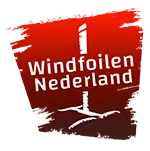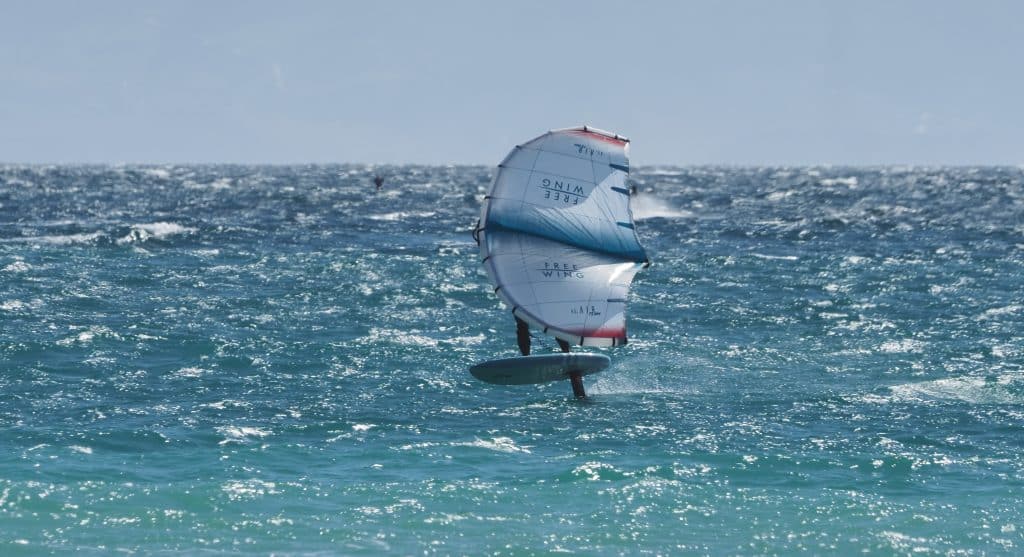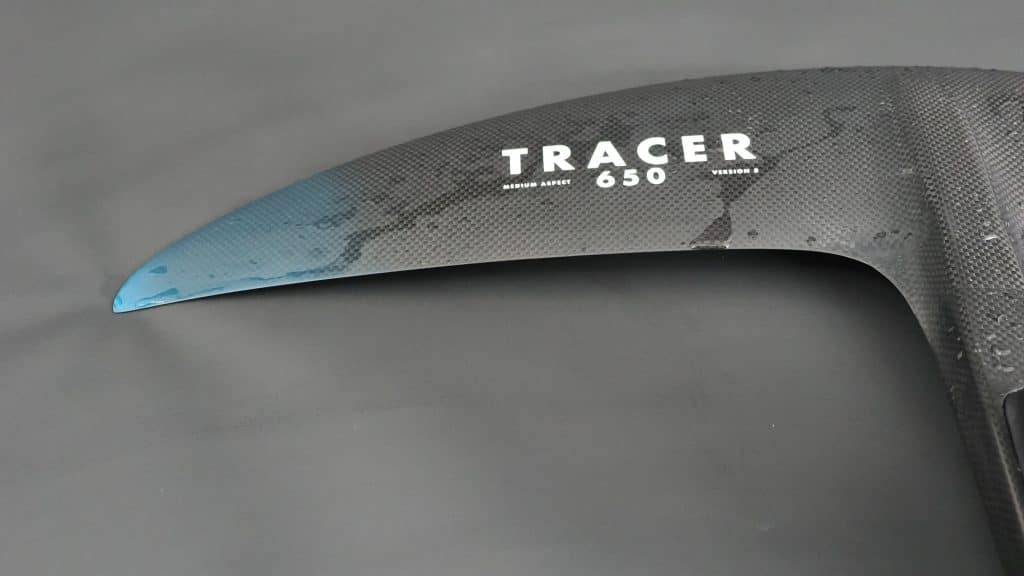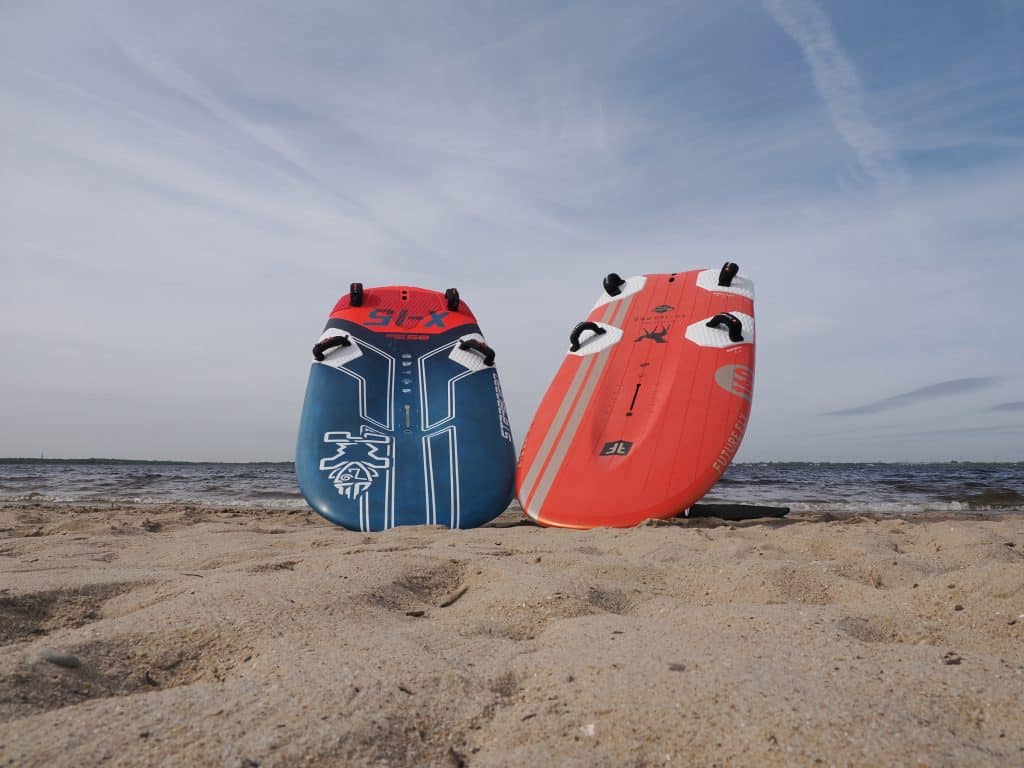Wing foil lessons
Wing foil sales
Wind foil lessons
Wind foil sales
Hot in our Wing foil & Wind foil webshop
-
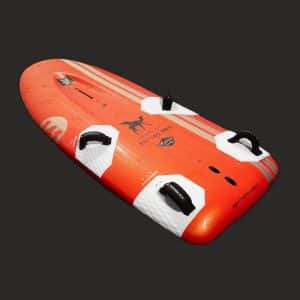
Future Fly Flying Camel
€3.399,00 – €3.499,00 incl. VAT Select options -
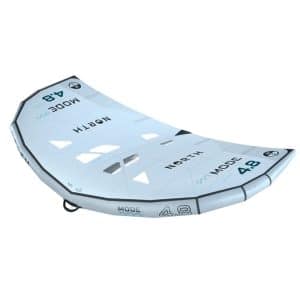
North Mode PRO Wing
€1.349,00 – €1.599,00 incl. VAT Select options -
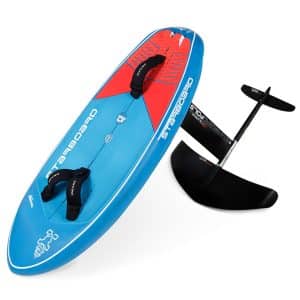
Starboard Take Off carbon
€1.599,00 incl. VAT Select options -
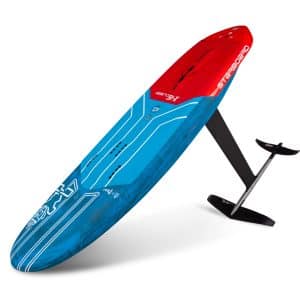
Starboard X-15 wing board carbon
Read more -
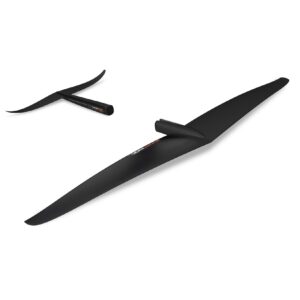
Starboard Glider Pro wings
€499,00 – €989,00 incl. VAT Select options -
Sales offer
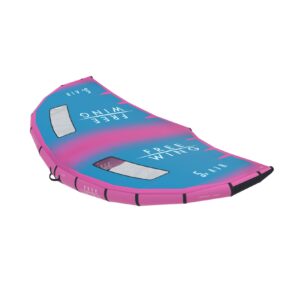
Freewing Air V3
€739,00 – €799,00 incl. VAT Select options -
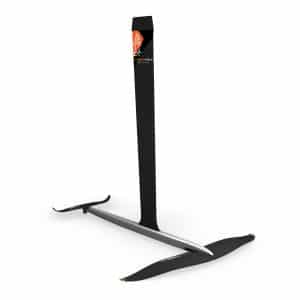
Starboard SLR 2 Slalom
€2.999,00 – €3.399,00 incl. VAT Select options -
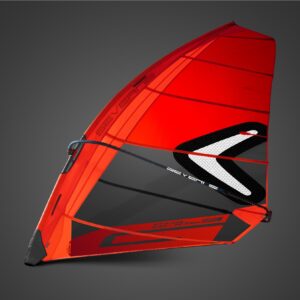
Severne Foil Glide 3
€739,00 – €839,00 incl. VAT Select options -
Sales offer
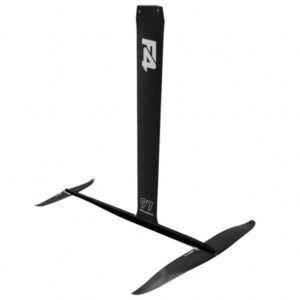
F4 Foils Freerace foil
€1.199,00 – €2.399,00 incl. VAT Select options -
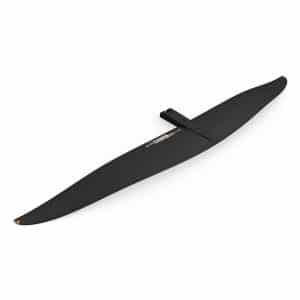
Starboard SLR 2 front wing
€429,00 – €599,00 incl. VAT Select options -
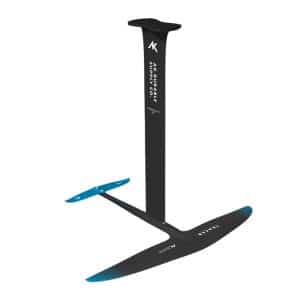
AK wingfoil Tracer V3
€1.199,00 – €2.179,00 incl. VAT Select options -
Sales offer
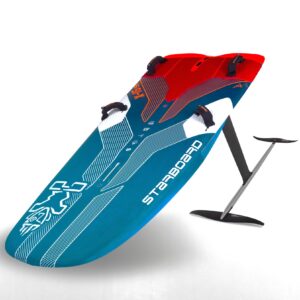
Starboard X-15 Foil Slalom
Original price was: €3.199,00.€2.199,00Current price is: €2.199,00. incl. VAT Select options
Testing wingfoil & windfoil material
Unique in the Netherlands! At Windfoilen Nederland you will experience an extensive selection of equipment for yourself. Let us advise you for the perfect match, and then test it out for yourself on the beautiful Gooimeer in Almere.
During 2 hours you can try out various wind foils, wing foils, boards, wings and rigs. Because we are happy to give you all the attention, the testing of material is always by appointment.
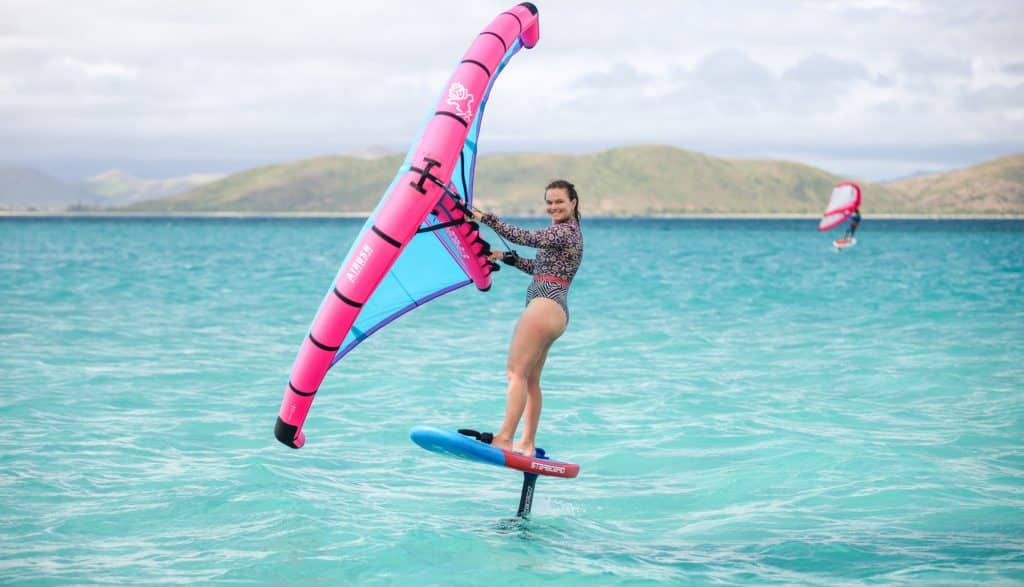
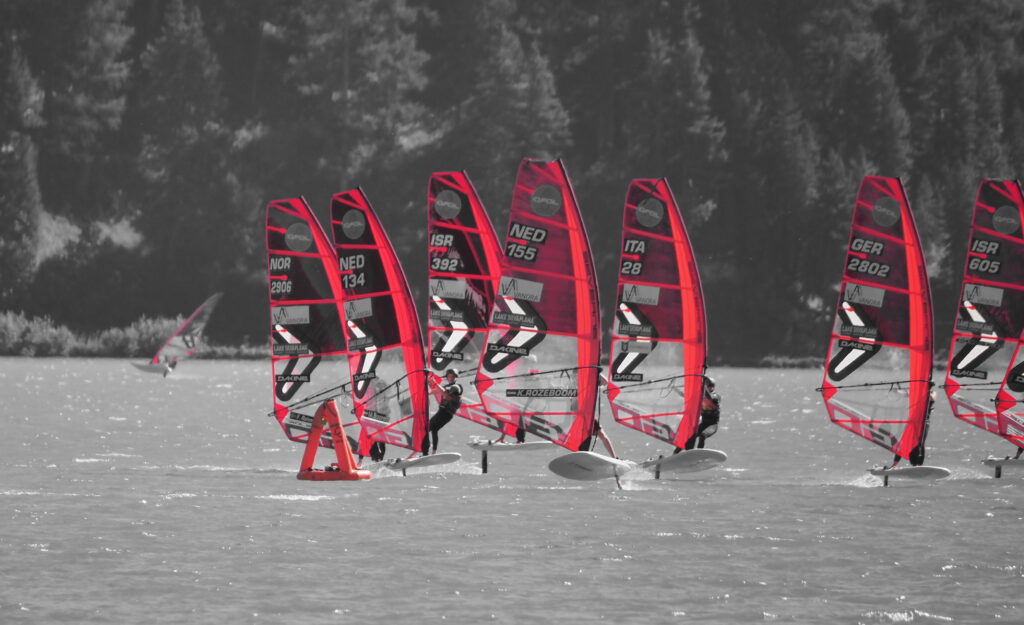
IQfoil specialist
Windfoilen Nederland is specialized in supplying the Olympic IQfoil one design equipment for both the senior class and the youth /junior IQfoil class.
We deliver the material quickly and safely throughout the Netherlands. We have a lot of experience with all IQfoil material and can advise you well.
View IQfoil material in our website and order directly online.
- Complete sets for Senior, Youth and Junior class
- Loose parts
- Spare parts
- Feel free to call us for tips & advice
Passion for wing foiling and wind foiling
Windfoilen Nederland, driven by a team of passionate wind foilers and wing foilers, offers professional wind foil and wing foil lessons. We guarantee that you will learn how to foil with us.
In addition, as a reputable dealer, we provide expert advice on the best wind and wing foil material for you.
Discover the world of foiling and get inspired by our enthusiastic team!
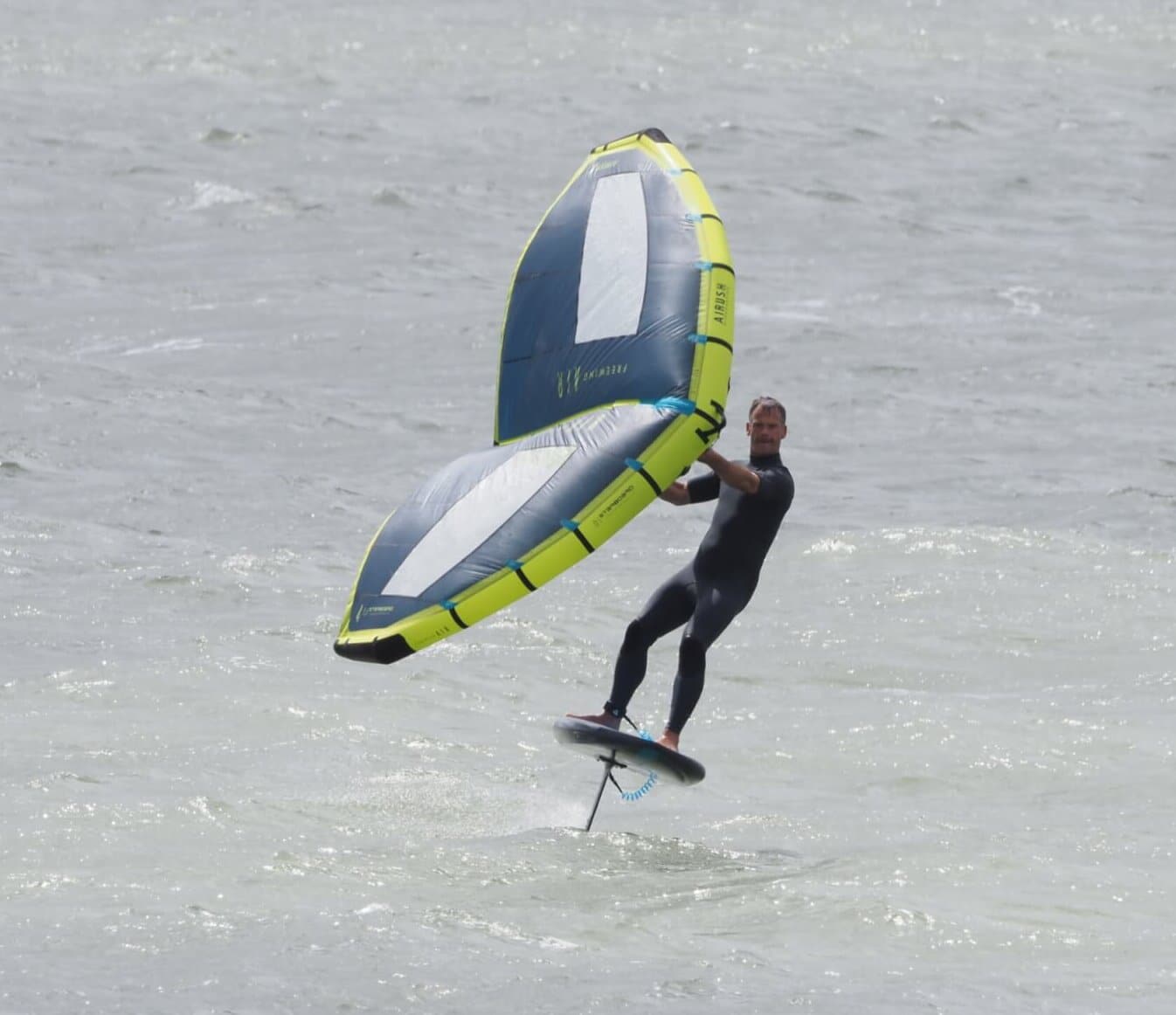
Wing- and wind foil lessons
We offer lessons for anyone who wants to learn wing and wind foiling. Based on your level, we make an estimate of how many lessons you need.
- Learn how to foil wings or winds quickly and well
- Professional instructors
- Not good, money back
IQfoil specialist
We specialize in the IQfoil unit classes. Deliver all the IQfoil material throughout the whole and are happy to give you advice
- Official dealer
- Knowledge class rules
- Delivery throughout the EU
Online store
We sell wind and wingfoil material that we support ourselves and have experience with. We can therefore advise you optimally on which material suits you.
- Secure shipping throughout the EU
- Directl available from stock
- Above € 200,- free shipping in NL
